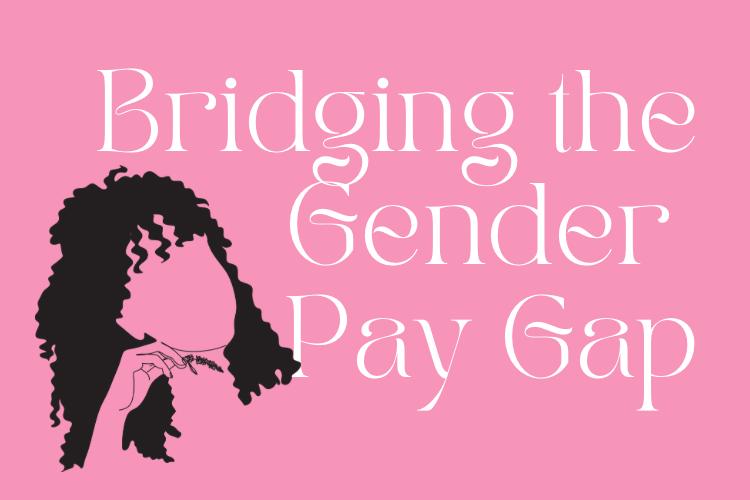
Bridging the Gender Pay Gap in India: Challenges, Causes, and Solutions
Anannya Goswami
Introduction
The gender pay gap remains a persistent issue in India, affecting women across various sectors. Despite legal frameworks and economic progress, women continue to earn significantly less than men for similar work. The disparity is driven by cultural norms, occupational segregation, unequal access to education, and unpaid labor responsibilities. This article explores the key reasons behind the gender pay gap in India, its impact on economic growth, and potential solutions to create a more equitable workforce.
Understanding the Gender Pay Gap in India
What is the Gender Pay Gap?
The gender pay gap refers to the difference in earnings between men and women, typically expressed as a percentage of men’s earnings. In India, women earn approximately 18% less than men on average, with variations depending on industry, education, and experience.
How Wide is the Gap?
Formal sector: Women in corporate jobs earn around 26% less than men in managerial positions.
Informal sector: Over 90% of India’s female workforce is employed in informal jobs, which offer lower wages and fewer protections.
STEM fields: Despite being highly skilled, women in science, technology, engineering, and mathematics (STEM) careers still face significant pay disparities.
Key Causes of the Gender Pay Gap
1. Occupational Segregation
Women are often concentrated in low-paying jobs such as caregiving, teaching, and clerical roles. High-paying industries like finance, technology, and leadership positions remain male-dominated.
2. Unpaid Labor and Domestic Responsibilities
On average, Indian women spend up to 9.8 times more time on unpaid domestic and caregiving work compared to men. This limits their ability to work full-time or pursue high-paying jobs.
3. Workplace Discrimination
Glass ceiling effect: Women face challenges in being promoted to senior roles.
Wage bias: Employers often assume women are less committed to careers due to family responsibilities.
4. Educational Disparities
Although female literacy rates have improved, access to quality education and skill development remains uneven, leading to fewer women in high-paying technical and managerial positions.
Impact of the Gender Pay Gap on India’s Economy
1. Reduced GDP Growth
Studies indicate that closing the gender pay gap could boost India’s GDP by 27% by increasing female workforce participation.
2. Higher Poverty Rates for Women Lower wages lead to financial dependence and economic insecurity, especially for single mothers and widows.
3. Decreased Workforce Participation The gender pay gap discourages women from joining or remaining in the workforce, further widening the economic divide.
Solutions to Bridge the Gender Pay Gap
1. Equal Pay Policies & Wage Transparency
Strengthen enforcement of the Equal Remuneration Act, 1976 to ensure equal pay for equal work. Companies should conduct gender pay audits and publicly disclose wage disparities.
2. More Women in Leadership & STEM Fields
Encourage women’s participation in high-paying industries like tech and finance. Implement leadership training and mentorship programs for women in corporate roles.
3. Supporting Work-Life Balance Introduce flexible work policies and paid parental leave to help women balance careers and caregiving. Promote workplace childcare facilities to ease the burden of unpaid domestic labor.
4. Changing Cultural Norms & Encouraging Male Participation Encourage men to take on more domestic responsibilities through awareness campaigns. Promote gender-neutral policies in hiring and promotions.
5. Government & Corporate Initiatives
Skill-building programs for women in rural and urban areas to improve employability. Stronger legal protections against workplace discrimination and harassment.
Conclusion
The gender pay gap in India is not just a women’s issue—it is a national economic challenge. Addressing wage inequality requires combined efforts from the government, corporate sector, and society. By ensuring equal opportunities, fair wages, and supportive workplace policies, India can empower its female workforce and unlock significant economic growth.

